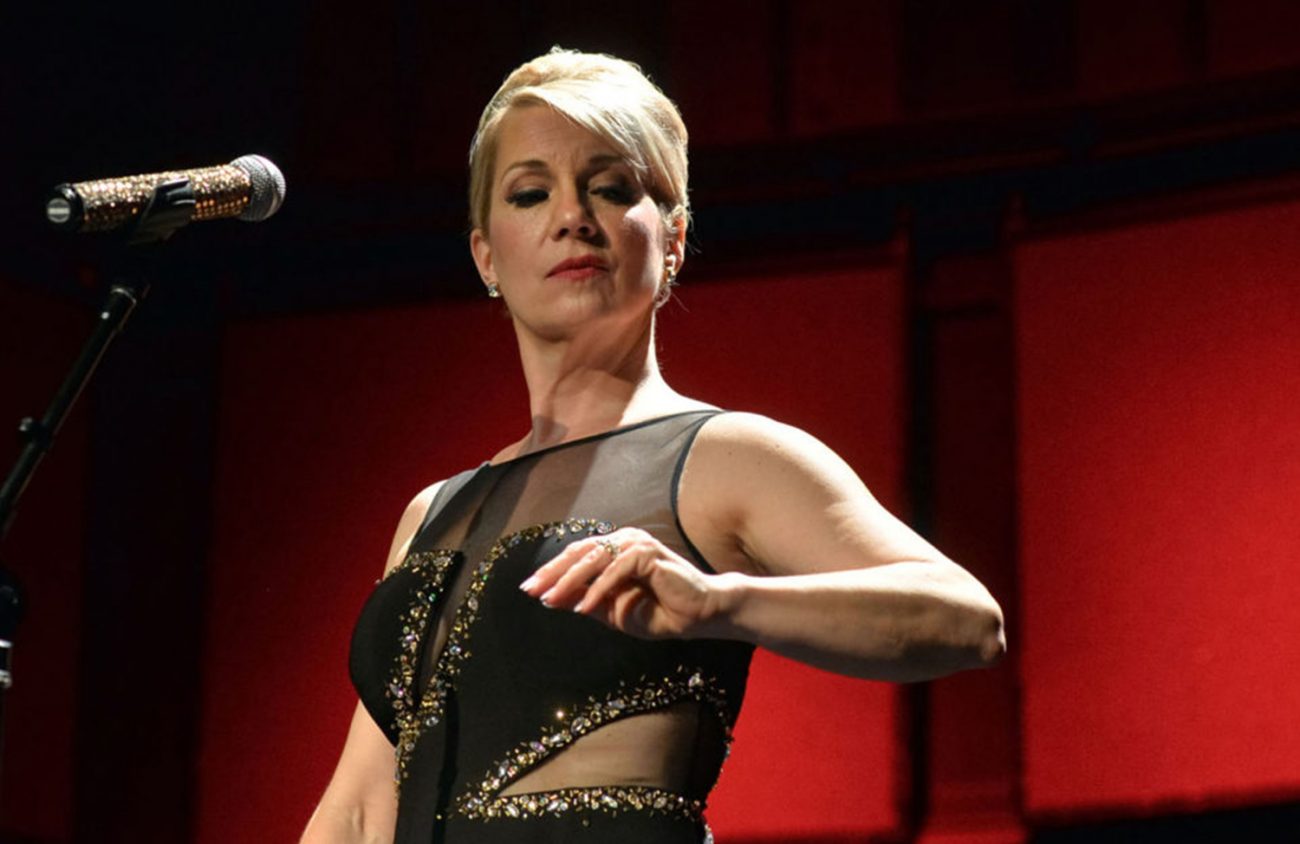“Streisand.” It’s a name, crossing over from proper noun to verb — a synonym for fabulous, shot through with electricity. “Streisand,” it could be said, is a rule for living. It’s an attitude that says life is a stage and somehow, somewhere, your audience is waiting. Do not disappoint them.
“Streisand,” of course, is also the surname belonging to Barbra Streisand, singer, actor and filmmaker, part of a pantheon of stars dynamic enough to go by one name only, along with Sinatra, Dylan, Madonna, Prince and Gaga. Performers that, in addition to formidable technical prowess, lead with their sheer force of personality.
“I was around 9 years old when I became completely mesmerized with Barbra Streisand,” Eugene-based musician and educator Shirley Andress tells me over the phone.
Andress pays tribute to Streisand’s early years with her one-woman show My Name Is Barbra: The Making of a Funny Girl, 1960-68. The show runs Saturday and Sunday, Feb. 29 and March 1, at The Shedd.
“As a kid she was the first vocalist I was like, ‘Wow, I want to be able to do what she can do,’” Andress says.
In selecting the 25 songs to include in her tribute, Andress drew from Streisand’s early years, including the singer’s club gigs, TV appearances, concerts and Broadway shows, adding a theatrical element to Streisand’s life during the period.
“This is definitely cabaret,” she says. “I start at the beginning of her career and talk about her childhood. It’s tied together with her story.”
Andress will be accompanied by a six-piece band led by Vicki Brabham, featuring all new arrangements from Jesse Cloninger and with direction and choreography by Richard Jessup.
Something Andress appreciates in particular about Streisand’s early career is the singer’s ambition, coupled with an unwavering commitment to make it on her own terms.
“She wasn’t that cookie-cutter, ‘You have to be blonde, blue-eyed.’ Back then that’s how it was,” Andress says. “People told her, ‘You’re ugly. You’ll never make it in this business.’ She was kooky. She was different looking. She had to fight and scrap her way.”
Streisand had a gift, and she didn’t let people shut her down.
In addition to some unexpected choices, Andress’ set list features familiar numbers from Streisand’s repertoire, songs like “Cry Me a River,” which Streisand sang after breaking up with the love of her life, Barry Dennen. “The way she sings it, she knocks you over,” Andress says.
“She had an eclectic set of songs,” Andress continues. “She was very dramatic in her choices. Sometimes her choices were downright absurd.”
After a club manager challenged Streisand’s song selection, she included “Who’s Afraid of the Big Bad Wolf” in her set list, a song also included in Andress’ show.
“Who would choose to sing this silly little song? But the way she sings it is hilarious. She made really different choices because she was trying to be noticed.”
No matter what music she chose, Streisand approached every song like a one-act play, Andress says. “She could take a song and make it work by acting it. Her style is very dramatic. It’s emotional. It’s uninhibited. Vocally, she had a ton of range and power. As a kid, I believed what she said. I felt like I was in the song with her. She was such a powerful singer. She definitely had an agenda, and it was, ‘Dang it, you’re going to listen to me because I can do this.’”
My Name Is Barbra: The Making of a Funny Girl, 1960-68 runs 7:30 pm Saturday, Feb. 29, and 3 pm Sunday, March 1, at The Shedd; $20-$32, discounts available, all-ages.
